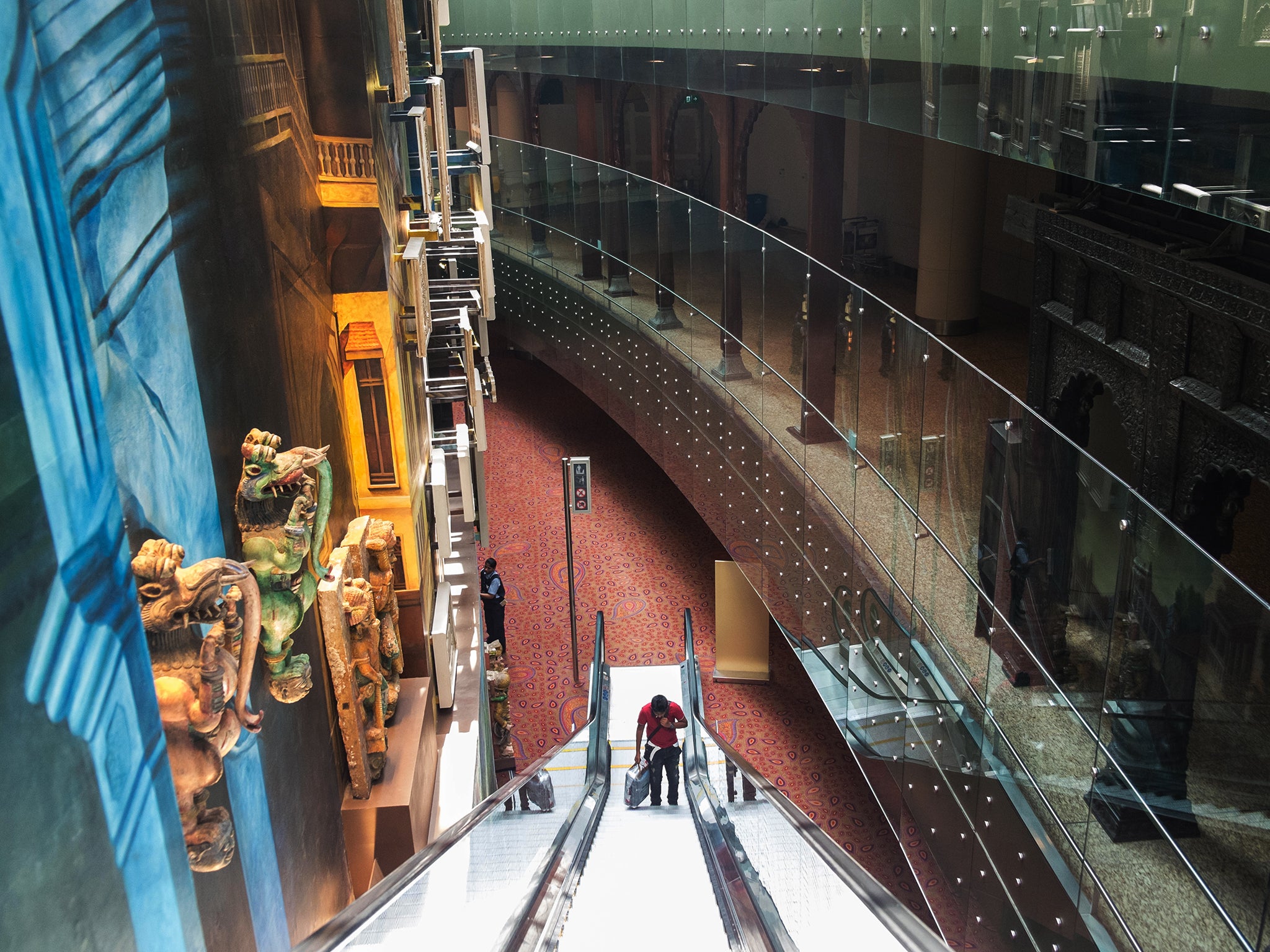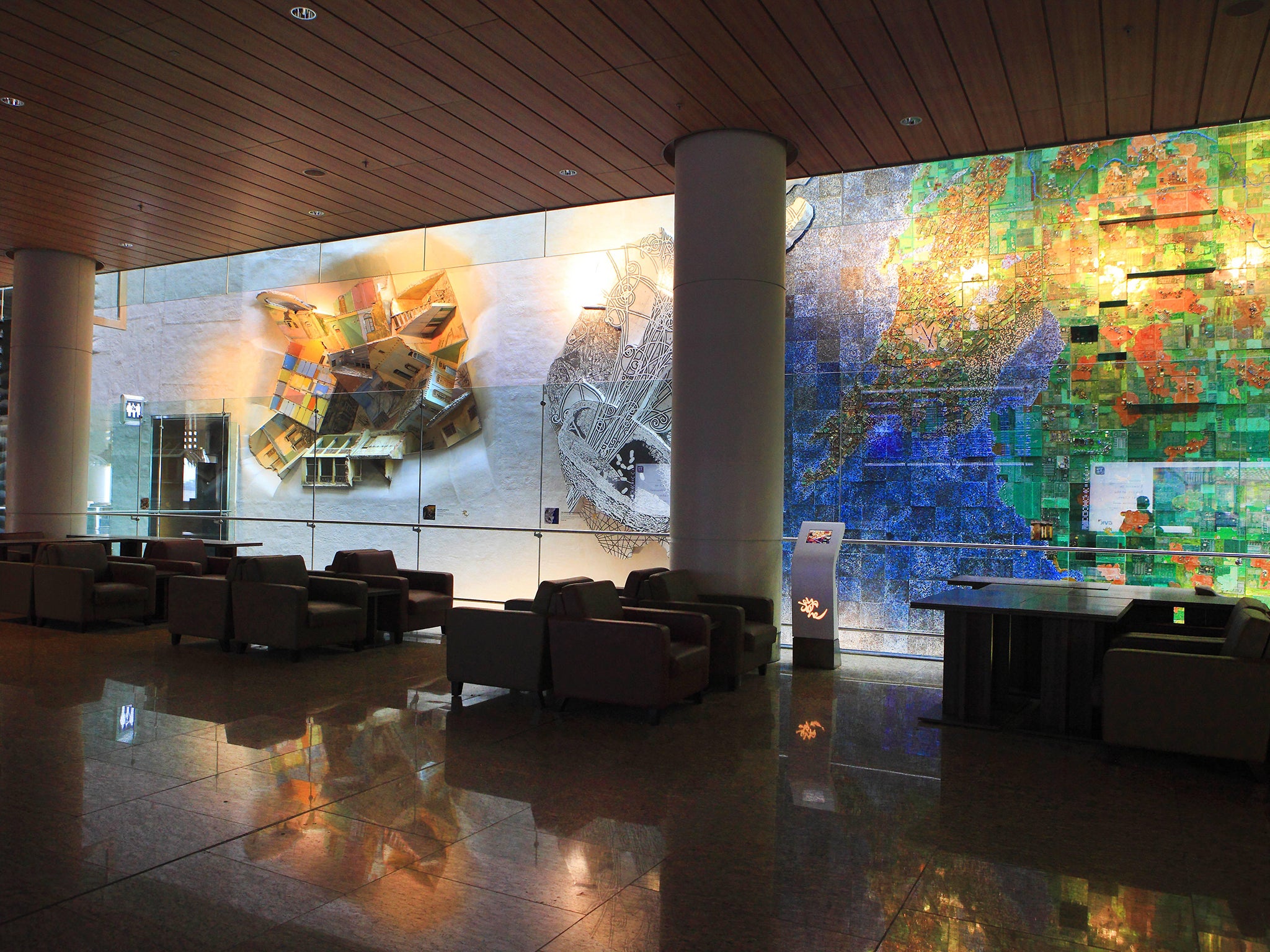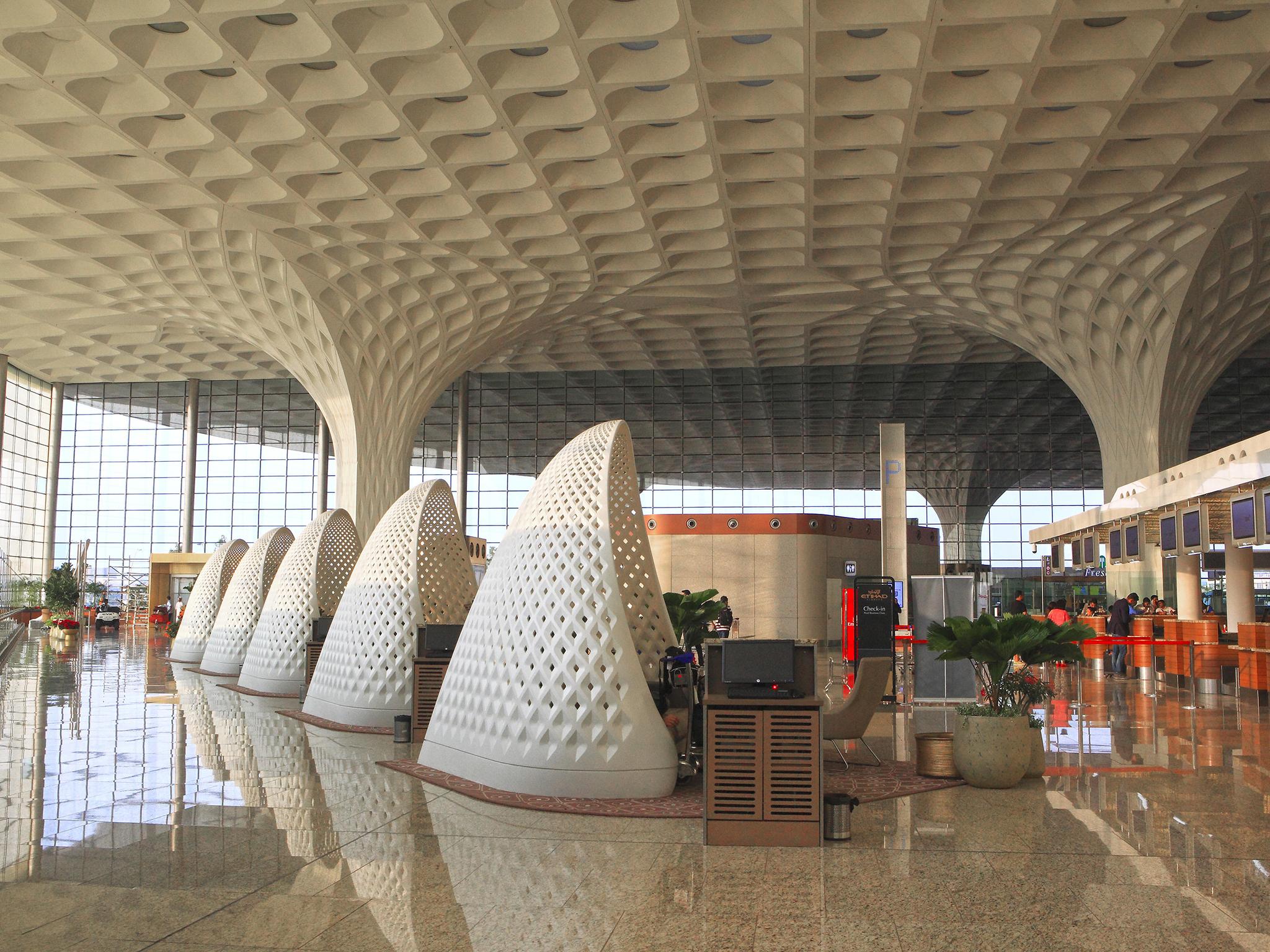Only in Mumbai: the only art gallery with its very own airport
Fifty million passengers pass through it every year but few have time to stop and marvel at the art works in the Indian hub’s Terminal 2

Your support helps us to tell the story
From reproductive rights to climate change to Big Tech, The Independent is on the ground when the story is developing. Whether it's investigating the financials of Elon Musk's pro-Trump PAC or producing our latest documentary, 'The A Word', which shines a light on the American women fighting for reproductive rights, we know how important it is to parse out the facts from the messaging.
At such a critical moment in US history, we need reporters on the ground. Your donation allows us to keep sending journalists to speak to both sides of the story.
The Independent is trusted by Americans across the entire political spectrum. And unlike many other quality news outlets, we choose not to lock Americans out of our reporting and analysis with paywalls. We believe quality journalism should be available to everyone, paid for by those who can afford it.
Your support makes all the difference.You could easily pass through the most sprawling art museum in India without realising you had even been there.
Scattered throughout the four levels of Terminal 2 of Mumbai’s international airport are more than 5,500 pieces of Indian art and handicrafts, including tribal totem poles and a 3-D map of Mumbai built from recycled chips and circuit boards. Together they make up the Jaya He, GVK New Museum – GVK is the family-led conglomerate that built the museum and terminal and has managed both since they opened five years ago,
The X-shaped, ultramodern terminal handles all international and many domestic flights for the country’s commercial hub. Around 50 million people pass through it every year.
“There is anxiety built in,” said Rekha Nair, who oversees the museum and customer experience at Chhatrapati Shivaji Maharaj international airport. “People think, ‘I just want to get to the gate’.”
As a result, the art is tucked into the hallways, baggage carousels and check-in counters so as to avoid disrupting the movement of passengers and the nearly 30,000 people who work at the airport. Angelic figures perch above the elevators. Treelike sculptures stand sentinel over the luggage belts. A mural accompanies passengers up the escalator after they step off the arrivals bus.

The most prominent installation is “India Greets,” a 60ft-high display that wraps around the centre of the terminal. It starts with real doorways and balconies from around India mounted to the wall, then progresses horizontally to a series of portraits – by Andrew Logan, Robyn Beeche and Anjolie Menon – as passengers walk toward the gates. Once an hour, a life-size white peacock slides along a wire in front of the works.
But on a recent weekday, few people even noticed the doors or the flying peacock, which were across from a bookstore and a lounge for premium passengers.
Three UK tourists lingered there. “It’s the most beautiful art I have ever seen in an airport,” says Judith Wolfram, who had lived in India for seven years as a young woman and had returned for a two-week visit with her daughter and daughter’s boyfriend. Wolfram was so impressed by the airport’s all-India art collection that when their flight was delayed, she decided to give the younger generation a quick tour of Indian art history.
Sanjay Reddy, the vice chairman of GVK, says he knew it would be a challenge to create an art museum in a place where people are always in transit. But he said he had wanted to do it anyway to introduce the country’s artistic heritage to Indians.

“Even if we are able to catch one out of 100 people, we have done our job,” says Reddy, who hired the Delhi artist Rajeev Sethi to select and arrange the works. “A lot of this is subconscious. When you go through any place, it becomes a part of you.”
Indeed, art and architecture go together in the terminal, which has 4.7 million sq ft of built-up space, more than double the footprint of the Metropolitan Museum of Art in New York. The airport’s check-in hall, for example, is covered by a giant canopy in the shape of a peacock’s tail, with skylights to let in natural light and small nooks where passengers can sit before going through security.
Mukeeta Jhaveri, who lives in Mumbai and advises companies and private collectors on art purchases and cultural philanthropy, says that the airport’s collection stands out among both India’s museums and other public art installations at airports around the world.
“It’s a heady and kitschy mix of the contemporary, folk, antiquity, tribal, crafts, you name it,” she says. “Even when I am rushing through the corridors, there is such a wonderful sense of both discovery and also that of meeting familiar friends.”
About 25 per cent of the passengers that pass through the airport are blue-collar workers travelling to and from jobs in the Middle East, and the museum very deliberately sought to include Indian crafts along with contemporary fine art.
More than 75 women from the slums near the airport, for example, were enlisted to make a giant, colourful Godhadi quilt, GVK’s Reddy says.

The earthiest work is undoubtedly “Fortress of Clay,” Rajeev Sethi’s homage to rural India. It features animal and human figurines made of mud and cow dung – which is still used as fuel, construction material and even as insect repellent in the countryside. Airport staff members periodically reapply the fecal mixture to keep the figures looking fresh.
Ashok Kumar, a Mumbai bank manager who is originally from the farm state of Bihar, says he always takes a moment to look at that exhibit on the way to his gate. “It’s the most familiar to me,” he said. “It’s down to earth.”
By far the most popular piece, according to museum officials, is “Moving Constant,” a gilded depiction of Indian gods and goddesses by N Ramachandran and V Anamika that nods to the traditional Tanjore style of painting. Domestic passengers frequently stop to take selfies in front of the floor-to-ceiling artwork, while airport workers slip through a door in the corner to visit the employee restrooms.
Although a great deal of effort went into putting together the museum, far less has been put into helping the public enjoy it. Upon passing through security, travellers are hit with shops and restaurants, with little indication of the art that is deeper inside the terminal.
Free tours for passengers can be arranged online, although the “art safaris,” which last 15 to 45 minutes, need to be booked at least two days in advance. School groups can also make special arrangements to get through security and see the collection on the domestic level of the terminal.
“I wish the airport management could find ways to engage the traffic more,” Mukeeta Jhaveri, the art adviser, says. “It breaks my heart to see people rushing by without stopping.”
© New York Times
Join our commenting forum
Join thought-provoking conversations, follow other Independent readers and see their replies
Comments